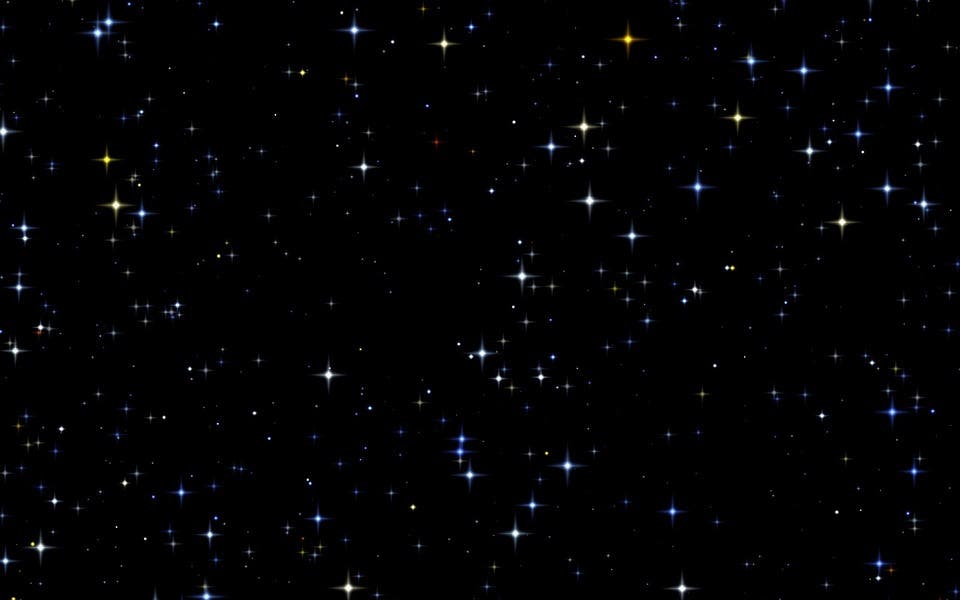Despite their age, the oldest stars in our galaxy are the ones to move the fastest, outperforming their younger counterparts, according to a new analysis by the University of Birmingham – which could help to better understand the history of our galaxy and its stars.

Researchers calculated that the old stars are moving more quickly in and out of the disc of the Milky Way, the pancake-shaped mass at the heart of the Galaxy where most stars are located.
Stars towards the outskirts could be knocked by gravitational interactions with smaller galaxies passing by. Towards the inner parts of the disc, the stars could be disturbed by massive gas clouds that move along with the stars inside the disc. They could also be thrown out of the disc by the movement of its spiral structure.
“The specific way that the stars move tells us which of these processes has been dominant in forming the disc we see today. We think older stars are moving active because they have been around the longest, and because they were formed during a period when the Galaxy was a bit more violent,” said Dr. Ted Mackareth, the lead author.
The study, published in the Monthly Notices of the Royal Astronomical Society, used data from the Gaia satellite, currently working to chart the movements of around 1 billion stars in the Milky Way. It also takes information from APOGEE, an experiment that uses spectroscopy to measure the distribution of elements in stars.
Measurements as part of the research showed how the brightness of stars varies over time, which gives insights into how they vibrate. In turn, that yields information about their interior structure, which enables scientists to calculate their age.
The researching team was able to take these different data strands and calculate the differences in velocity between different sets of stars grouped by age. They found that the older stars were moving in many different directions with some moving very quickly out from the galactic disk.
Meanwhile, younger stars move closely together at much slower speeds out from the disc, although they are faster than the older stars as they rotate around the Galaxy within the disc.
Looking ahead, researchers would like to link what is known about the Milky Way with information about how other galaxies in the universe formed. This would allow placing the galaxy within the very earliest signatures of the universe.






